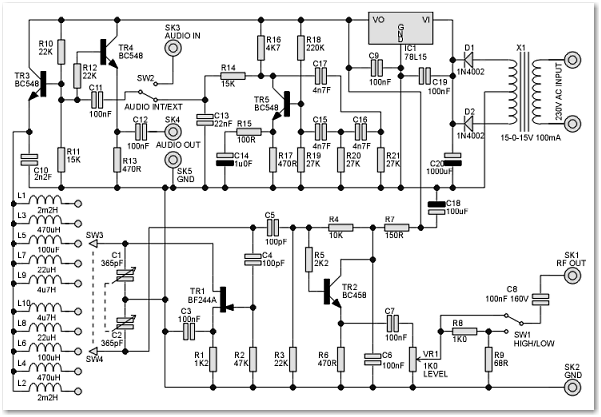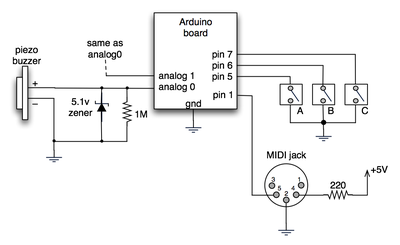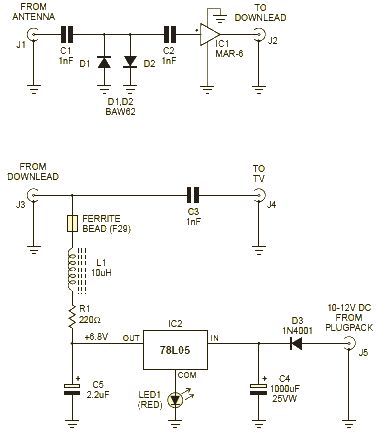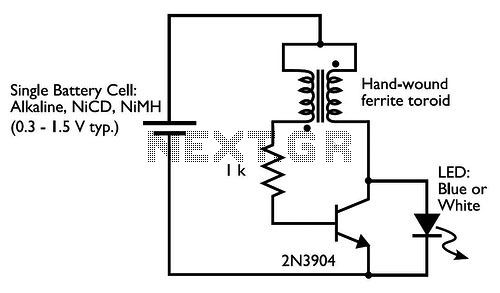
Traffic Signal Project
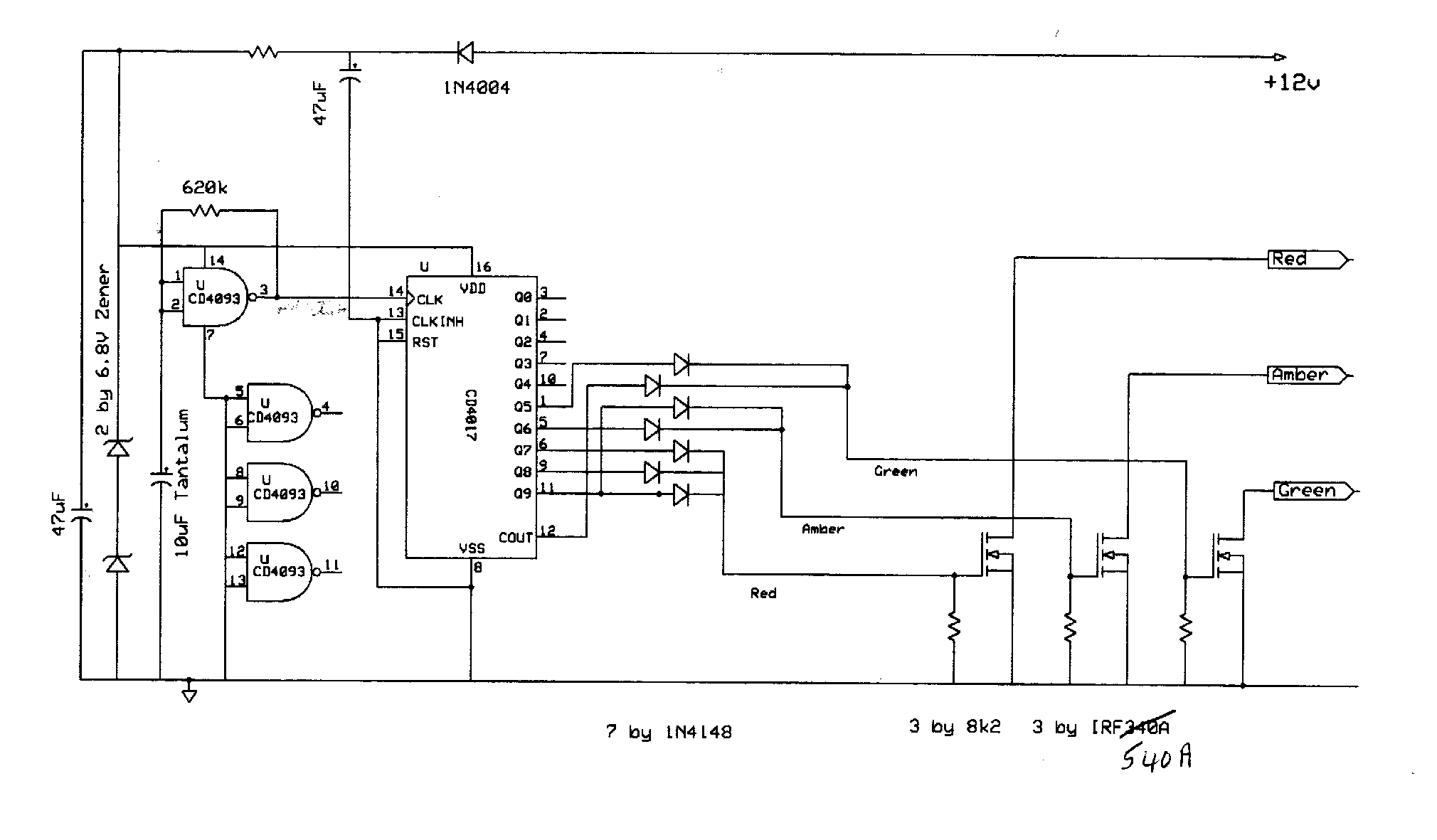
A board is to be designed with a single input of 120 volts and 600 watts, which will provide more than three outputs, each rated at 120 volts and 200 watts. These outputs will be designated as A, B, and so on.
The proposed circuit design involves a power supply board capable of accepting a 120V AC input and converting it into multiple regulated outputs. The primary input will be connected to a transformer or a switching power supply module designed to handle 600 watts of power. This input stage will ensure that the board can safely manage the incoming voltage and current levels.
The output section will consist of at least three independent channels, referred to as outputs A, B, and C, each capable of delivering up to 200 watts at 120 volts. Each output will require individual regulation to maintain voltage stability under varying load conditions. This can be accomplished using linear regulators or switching regulators, depending on efficiency requirements and thermal management considerations.
To ensure safety and compliance, the design should incorporate circuit protection features such as fuses or circuit breakers on the input side to prevent overload conditions. Additionally, each output should include overcurrent protection to guard against potential short circuits or excessive load draws.
The layout of the board should facilitate adequate heat dissipation, especially near the voltage regulation components, as they will generate heat during operation. Proper thermal management strategies, such as heat sinks or active cooling solutions, may be necessary to maintain optimal operating temperatures.
Furthermore, appropriate filtering capacitors should be placed at the output terminals to minimize voltage ripple and provide stable power to connected devices. The overall design must adhere to relevant electrical standards and safety regulations to ensure reliable operation and user safety.
This schematic will require careful component selection, including transformers, rectifiers, capacitors, and voltage regulators, to meet the specified performance criteria while ensuring durability and reliability throughout its operational life.I would like to build a board that has 1 - 120volt/600Watt input and > 3 - 120volt/200Watt outputs. The outputs we shall call A, B .. 🔗 External reference
The proposed circuit design involves a power supply board capable of accepting a 120V AC input and converting it into multiple regulated outputs. The primary input will be connected to a transformer or a switching power supply module designed to handle 600 watts of power. This input stage will ensure that the board can safely manage the incoming voltage and current levels.
The output section will consist of at least three independent channels, referred to as outputs A, B, and C, each capable of delivering up to 200 watts at 120 volts. Each output will require individual regulation to maintain voltage stability under varying load conditions. This can be accomplished using linear regulators or switching regulators, depending on efficiency requirements and thermal management considerations.
To ensure safety and compliance, the design should incorporate circuit protection features such as fuses or circuit breakers on the input side to prevent overload conditions. Additionally, each output should include overcurrent protection to guard against potential short circuits or excessive load draws.
The layout of the board should facilitate adequate heat dissipation, especially near the voltage regulation components, as they will generate heat during operation. Proper thermal management strategies, such as heat sinks or active cooling solutions, may be necessary to maintain optimal operating temperatures.
Furthermore, appropriate filtering capacitors should be placed at the output terminals to minimize voltage ripple and provide stable power to connected devices. The overall design must adhere to relevant electrical standards and safety regulations to ensure reliable operation and user safety.
This schematic will require careful component selection, including transformers, rectifiers, capacitors, and voltage regulators, to meet the specified performance criteria while ensuring durability and reliability throughout its operational life.I would like to build a board that has 1 - 120volt/600Watt input and > 3 - 120volt/200Watt outputs. The outputs we shall call A, B .. 🔗 External reference
